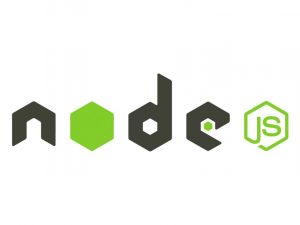Node.js Events: An Introduction
Node.js is a powerful runtime environment that allows developers to build scalable and efficient server-side applications using JavaScript. One of the core features of Node.js is its event-driven architecture, which allows developers to handle asynchronous operations efficiently. In this tutorial, we’ll explore Node.js events and learn how to leverage them in our applications.
What are Events in Node.js?
In Node.js, events are a core part of its asynchronous, event-driven architecture. An event is an action or occurrence that happens asynchronously in a program. For example, a request coming to a server, a file being opened, or a timer expiring can all be considered events. Node.js provides an EventEmitter class that allows us to create, emit, and listen for events.
Key Concepts:
- EventEmitter: This is a class that provides methods to emit events and register event listeners. Objects that emit events are instances of the
EventEmitterclass. - Event: An action or occurrence detected by an EventEmitter that can trigger the execution of one or more functions, commonly referred to as “listeners” or “handlers”.
- Event Listener: A function that is invoked when a particular event occurs. Event listeners are attached to specific events emitted by an EventEmitter.
Using Events in Node.js
Let’s dive into some code examples to understand how events work in Node.js:
Example 1: Creating and Emitting Events
const EventEmitter = require('events');
// Create a new EventEmitter instance
const myEmitter = new EventEmitter();
// Emitting an event
myEmitter.emit('greet', 'Hello, World!');
// Registering an event listener
myEmitter.on('greet', (message) => {
console.log(`Received greeting: ${message}`);
});In this example, we create a new EventEmitter instance called myEmitter. We then emit a ‘greet’ event with a message payload. Finally, we register an event listener to listen for the ‘greet’ event and log the received message.
Example 2: Handling Built-in Events
const http = require('http');
// Create an HTTP server
const server = http.createServer();
// Registering an event listener for the 'request' event
server.on('request', (req, res) => {
res.writeHead(200, { 'Content-Type': 'text/plain' });
res.end('Hello, World!\n');
});
// Start the server on port 3000
server.listen(3000, () => {
console.log('Server running at http://localhost:3000/');
});In this example, we create an HTTP server using Node.js’s built-in http module. We register an event listener for the ‘request’ event, which is emitted whenever a new HTTP request is received. Inside the listener, we handle the request by sending back a simple ‘Hello, World!’ response.
Conclusion
Understanding events is crucial for developing robust and scalable Node.js applications. By leveraging the event-driven architecture of Node.js, you can write code that efficiently handles asynchronous operations and responds to various events. Experiment with the code examples provided in this tutorial to deepen your understanding of events in Node.js and explore their potential in your projects.
In this tutorial, we covered the basics of events in Node.js, including how to create, emit, and handle events using the EventEmitter class. We also explored practical examples of event handling in Node.js applications, such as creating an HTTP server with event-driven request handling. With this knowledge, you’re equipped to start building event-driven Node.js applications with confidence.


